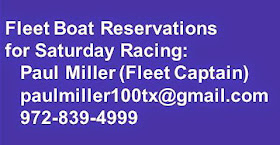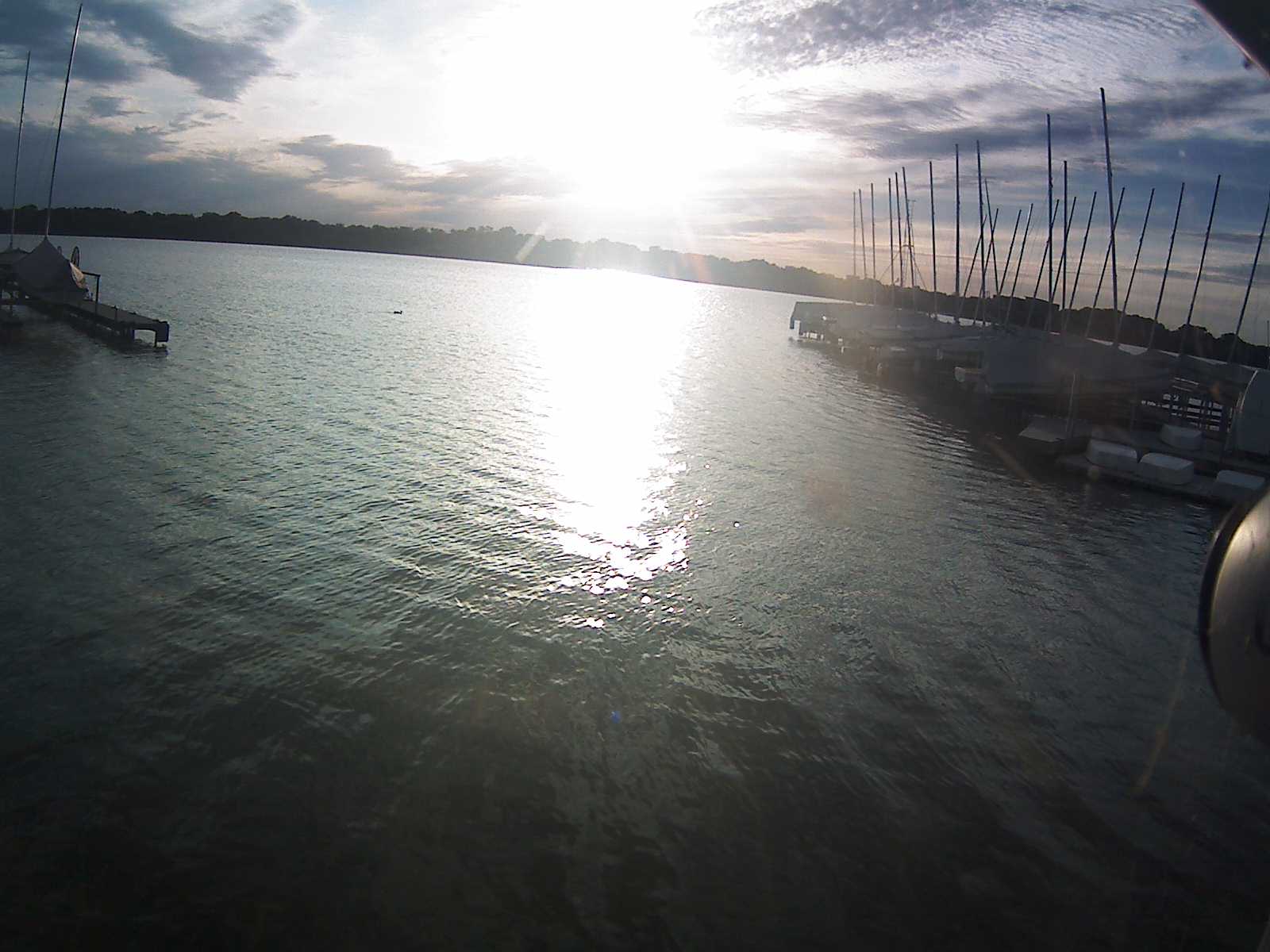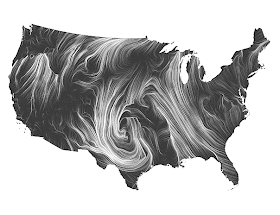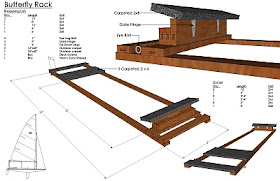Heavy Weather Sailing Q & A - Part 2 of 3
at 2.19.2009
Copyright (c) 2009 Butterfly Fleet 20
How to handle the Puffs? -- Don't round up?
Hike only or in combination with?
Feather?
Let out the sail?
Doug Peckover (New B'flyer): The best sailors for handling puffs are the windsurfers. They dig the rig to windward, trap the puff, and take off. The worse – through no fault of their own – are the keelboat sailors. They heel, spill, and go sideways. It's possible to sail a Laser and Butterfly like a windsurfer by anticipating. Rick Tears once commented that my mast does not move, even in the hardest puffs. I took this as a big compliment – watching for puffs, heeling slightly to windward, and trapping the puff means passing people or stretching a lead. Remember that when your boat is heeled to leeward your centerboard is stalling. You can actually trap water with your centerboard in exactly the same way as you can trap air with the rig heeled to windward. Pay attention to the lift you're getting out of your board. Keep your boat flat (by looking sideways), keep the main sheeted in, pinch, squeeze the puff, and watch others heel, spill, and go sideways.
Scott Mauney ('01 Nat'l B'fly Champ): In heavy air the good guys capitalize on the puffs as well as the lulls. Shifting gears is important. On short legs stay with the raw adjustments. Only use fine adjustments when it is easy to do so.
Waves upwind on White Rock? Steer or "Body English"
Doug Peckover: Not a factor. They just don't get big enough.
Scott Mauney: Since a Butterfly has a short centerboard, utilizing the scow hull edge is sometimes necessary in waves. This helps to keep the boat from pounding hard and stalling out. Steer well, then hike hard.
Where do you tack?
Do you take smooth water and waves into account?
Moving fast?
How to avoid getting in Irons and how to get out once it happens.
Doug Peckover: At a Laser Master Worlds, it's common to have a lead pack of sailors who collectively have won 20 previous world championships. It's a real grind-fest, with everyone waiting for others to get tired. One-by-one, people slow down, leaving the best of the best to compete.
So, unless there's a really obvious shift, I tend to stay with the pack. Their collective IQ is much higher than mine, so I like to stay with it, learn, control the angles, and be patient. Boat speed is rarely a factor – the best sailors win by being patient.
Getting out of irons is easy, lift the board, go sideways, unstall, and then jam the board down again. This is really important with boats with small centerboards, like Butterflys and Sunfish. With powerful vangs like the Laser, you have to let the vang off as well. It's amazing how many good sailors get into irons and have trouble getting out.
Scott Mauney: Look for a smooth place to tack. Tacking in a big wave set in a Butterfly can be very slow. If you get in irons, push the helm and boom away from you. This will temporally push the boat backwards, but it's a fast way to get you going again.









